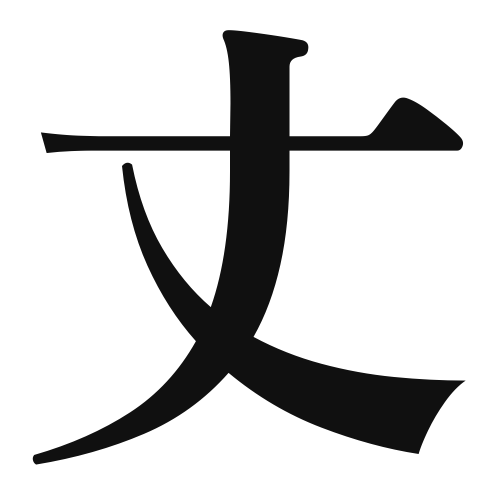1. Overview of Meaning
The kanji “丈” (pronounced “jou”) primarily means “length” or “height.” It is often used to refer to the measurement of something, particularly in terms of clothing or physical dimensions.
2. Formation and Radical
Formation of the Kanji: The kanji “丈” is a phonetic compound (形声文字) that combines the radical for “clothing” (衣) with a phonetic component that suggests its pronunciation.
Radical: The radical of “丈” is 衣 (koromo), which relates to clothing and fabric.
3. Examples of Usage
Common Words and Phrases: Some frequently used words that include “丈” are “丈の長さ” (jou no nagasa – length) and “身丈” (mitake – height of a person).
Example Sentences in Daily Conversation:
- この服の丈はどうですか? (Kono fuku no jou wa dou desu ka?) – How is the length of this clothing?
- 彼の身丈は180センチです。 (Kare no mitake wa 180 senchi desu.) – His height is 180 centimeters.
4. Synonyms and Antonyms
Similar Kanji: A similar kanji is “長” (naga), which also means “long” but can refer to length in a more general sense, while “丈” specifically refers to the measurement of height or length in a more precise context.
Opposite Kanji: An antonym is “短” (tan), which means “short” or “brief,” indicating a lesser measurement of length or height.
5. Cultural and Historical Background
Relation to Japanese Culture: The concept of “丈” is significant in Japanese culture, especially in traditional clothing like kimono, where the length is crucial for proper fit and aesthetics.
Proverbs and Idioms: One common saying is “丈の長さは心の長さ” (jou no nagasa wa kokoro no nagasa), which translates to “The length of one’s height is the length of one’s heart,” emphasizing the importance of character over physical attributes.
